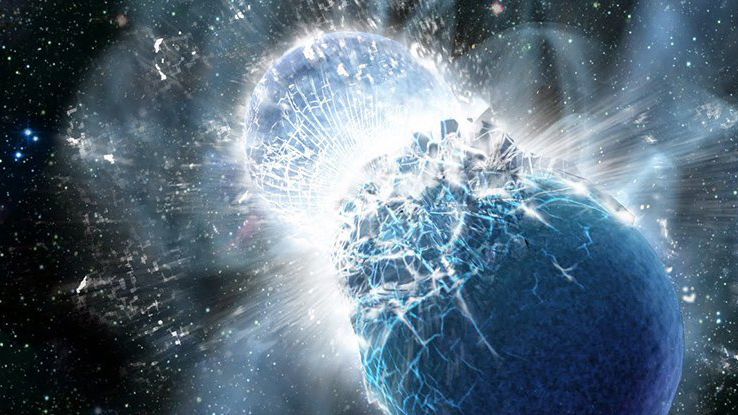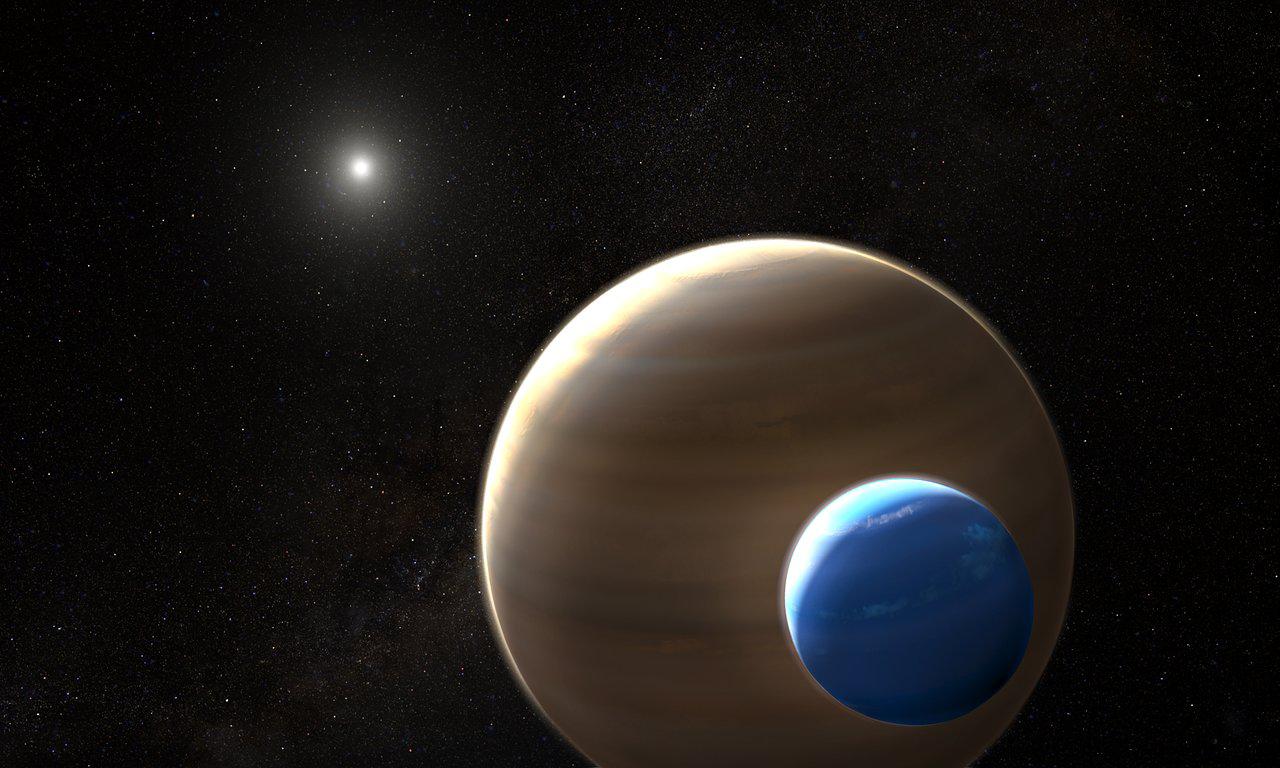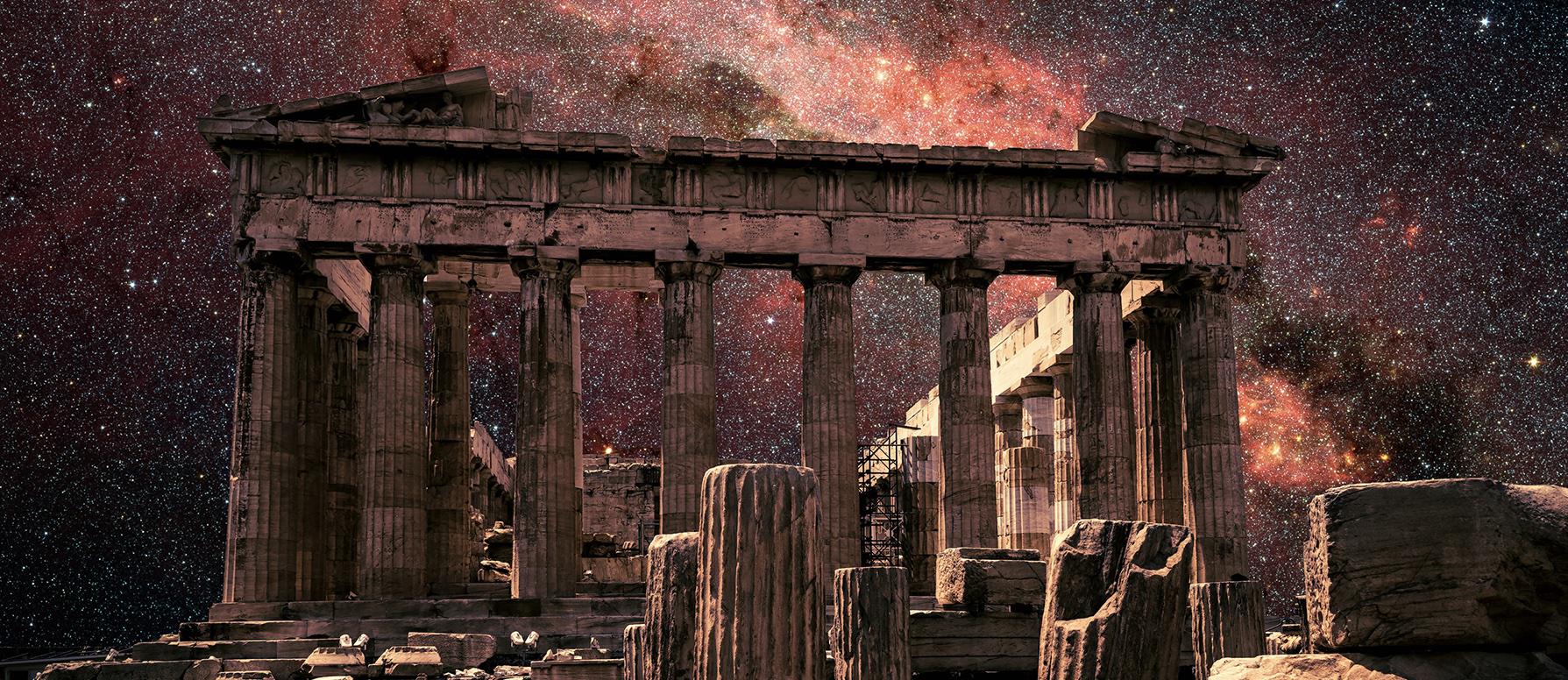Michell Thaller, the Assistant Director of Science Communication at NASA, wanted to talk to us about a heavy subject matter. Specifically, super-dense neutron stars that are so dense that they’re only the size of New York City but carry the weight of the sun. And when they circle each other in orbit for long enough, they collide with enough force to send ripples in both space and time. Those ripples alone are strong enough to alter the course of light. In fact, just a few years ago a rare astronomical event occurred where you’d have seen a star “blink” for a few minutes on and off before disappearing for good. Scientists are able to detect these gravitational ripples thanks to a LIGO, or a Laser Interferometric Gravitational-Wave Observatory, which measures the refraction of light based on gravity waves. Oh, and one more thing: Albert Einstein correctly deduced that this phenomenon years before it was ever recorded. If you’d like to know more, visit NASA.
Michelle Thaller: A few decades ago we actually saw explosions in the sky somewhere out in space that we really didn’t understand at all. They gave intense bursts to something called gamma rays. And gamma rays are the highest energy kind of light that is possible. Now you probably heard of, you know, ultraviolet rays from the sun, they give you sunburn. And then there are things like x-rays. Gamma rays are even more energetic and more dangerous to us than that. But gamma rays are only created in the universe by things that are naturally in the billions of degrees. And we saw these little gamma ray pops going off in space. At first we wondered well are they nearby? Could they be in our own galaxy or are they very far away? We really didn’t know. And a few decades ago we actually realized that these gamma-ray bursts were coming from very, very distant galaxies. Galaxies that in most cases were billions of light-years away. A light-year is about six trillion miles, the distance that light travels in one year. So billions of light-years away. And so something was creating a lot of gamma rays because they were bright enough to measure from that distance. And incredibly some of these explosions were so intense – there was one I believe it was in 2007 that NASA observed. There was a little flash of visible light that came with the gamma rays and it was actually visible with the naked eye for a couple of minutes. If you were actually in the southern hemisphere on that night you would have seen a little star turn on and off for a couple of minutes and then it would have been gone.
And that explosion happened about seven billion light-years away. Something blew up seven billion years ago on almost the other side of the observable universe and it was bright enough to see with the unaided eye. We had discovered something unbelievable. What could possibly be that bright? What could possibly be that violent? That little explosion for a few minutes outshone the rest of the observable universe. Just one thing. So we really didn’t know what could possibly create that much energy. And the theoretical physicists got to work and they started just kind of guessing. I mean what could explode that could make that much energy? And it turns out that if you have these things called neutron stars. Neutron stars are the leftover compressed cores of dead stars. They are amazing monsters. They’re about ten miles across and they have a density that if you had about a teaspoonful of the material that that would be about as much as the mass as Mount Everest crushed into a teaspoonful. They’re amazing things and we observe hundreds, thousands of these things in space. And so people sort of theorize that if two of these things spiral together and collided you would actually be able to get that much energy out. It seemed unlikely but, you know, maybe that does happen sometime in the universe, the two of these things collide. Now Einstein came up with this wonderful idea that space and time is almost kind of like a fabric that connects everything in the universe. And what gravity is is gravity is kind of a pulling and a stretching on that fabric.
And if you have two really massive things moving around each other very fast before they collide. Say two neutron stars spiraling in. They should actually make ripples in this fabric. So as they spiral closer and closer together they actually make ripples that actually go out through space at the speed of light. And these are called gravitational waves. And they are very, very hard to find. I mean lucky for us masses moving around only create tiny little distortions in space and time. The fabric of space and time itself. So what happens is we actually started building instruments that were sensitive enough. Sensitive enough to detect this tiny little wobble in space and time itself. And to give you an idea about how hard this is to detect we used an instrument called LIGO, the Laser Interferometric Gravitational-Wave Observatory. And LIGO has two lasers and the lasers are about two miles long and they’re actually at a right angle. So two-mile long lasers at a sort of a corner shape. And the idea was that if one of these ripples in space and time comes through one of the sides of the laser in this corner construction would actually be warped a little more than the other and you’d actually see that space and time itself were changing a little more in one direction as this ripple came through. The ripple is so small that over a two-mile laser the distance space and time changes is by about a thousandth of a diameter of a proton. We have an instrument that can measure that and amazingly we started seeing these ripples coming from many different places in the sky as these neutron stars collided and spiraled together. And the thing that was so wonderful – this only happened last year – is that one of these gamma-ray bursts, one of these ultraviolet explosions that we have no idea really what they could be went off. And at the same time at the speed of light with those gamma rays came that ripple, that signal that exactly matched two neutron stars spiraling together. We had guessed that the only thing that could actually make that much energy were these two dead stars colliding and now we had evidence. And the evidence was a ripple in space and time a thousand times smaller than a proton.






